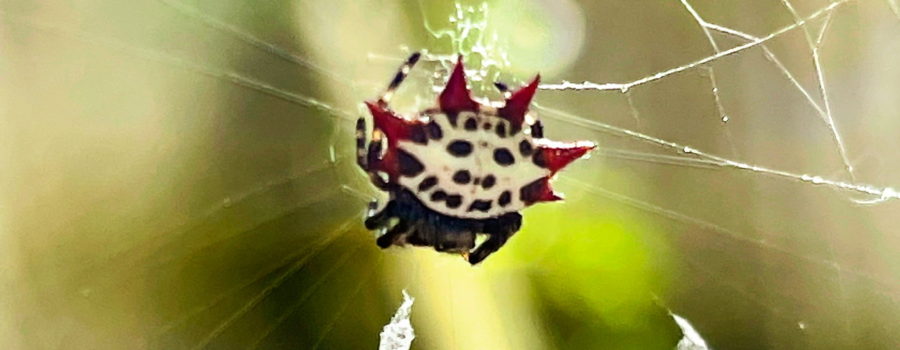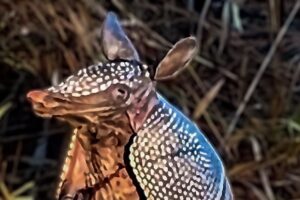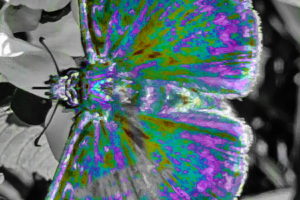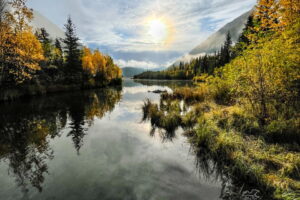The Spiny Orb Weaver is Yet Another Beautiful Florida Spider

Last week I wrote about finding 2021’s firsts of two of my favorite flowers, the gardenia and the passion fruit flower. I found them on an afternoon that I wasn’t planning to take photos, but I got lured into it by a little spider. I love spiders, and I had seen this type before, but somehow I have never gotten any pictures of it. I didn’t want to miss the opportunity, so out came the camera. What was that little spider? It was a spiny orb weaver spider. They are very cool looking spiders that have a large white abdomen that is adorned with six red spikes along the outside. Because they are so unusual looking, they are one of the best recognized spiders in Florida.

Not only are these little spiders easy to recognize, but they are also one of the very best spiders to have around. They spin large, round, very pretty webs that are often thirty or more tiers wide. Most of the web is sticky and traps large numbers of insects that fly into it. The central few tiers is where the spider lives. Those strands of silk are not sticky. When something hits the web, the spider will run down and bite it, paralyzing it. If the spider is hungry she will bring it back to the center of the web to eat. If not, she will wrap it in silk and save it for later. Only the female spiny orb weaver spider builds webs. The males, and there may be several of them, literally hang around the web on a single strand of silk. They also eat from what the web captures, so between them all, these spiders help to rid the garden of many, many nuisance insects including flies, mosquitoes, moths, white flies (very harmful to your plants), and beetles.

Spiny orb weavers are not only a Florida spider. They can be found all along the southern United States from Florida to California. Their range also extends well south through Mexico and Central America and into South America. One cool thing about them is that they are all one species throughout the range, but their coloration can change depending on where they live. The abdomen may be yellow, red or orange, and the spines can be any of those colors or even black. They are not even all the same shape! Some of them may be triangular or more squared off than our Florida spiders. To add to the confusion, males are much smaller than the females and generally have no spikes (some may have small, blunt nubs where the spikes would be). Early naturalists must have had a fun time trying to classify these guys!

All the images I got last week were of a female spider. We see them much more commonly this time of year since the breeding season doesn’t get started until later this summer. I hope to get some pics of some of the males later this year. She had a pretty good web built and she must have been hungry. She was a great subject who didn’t mind my attention and let me get photos of both her back and her belly, but when I accidentally bumped the web, I was surprised by how quickly she moved. It was at about that time that a really pretty dragonfly attracted my attention, so I decided to let her alone and go follow some other poor creature around for awhile. So far, her web remains undisturbed, and she was right there in it this afternoon. I plan to keep watching it in hopes of finding a male or two eventually.






Recent Comments